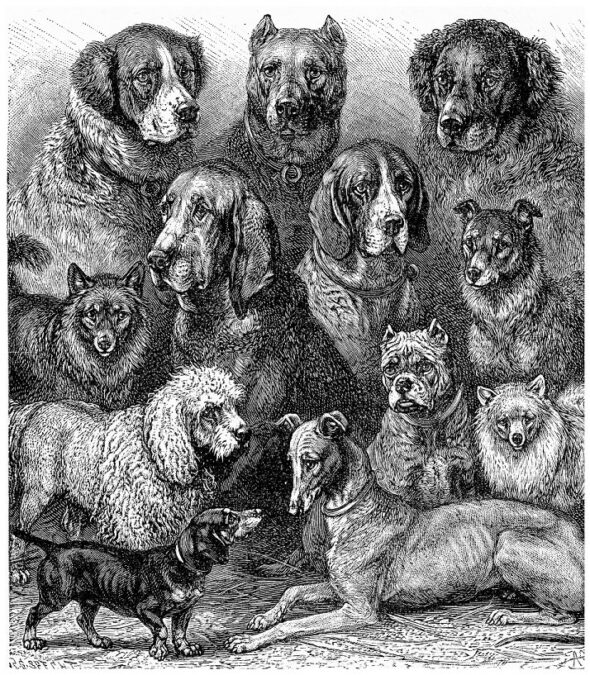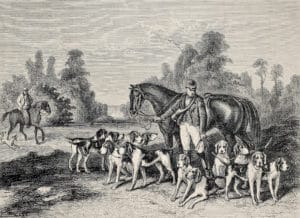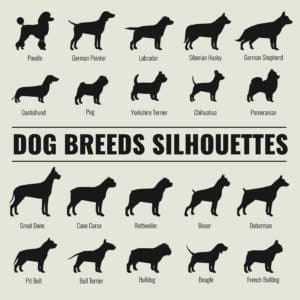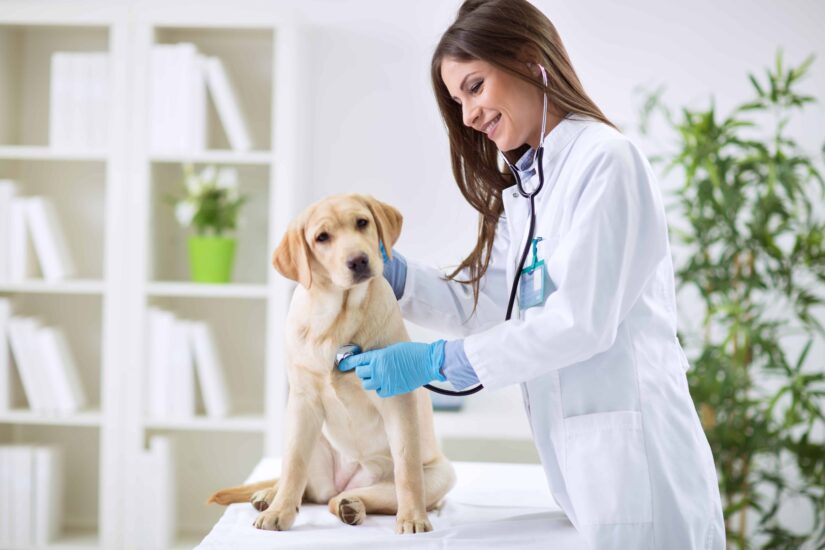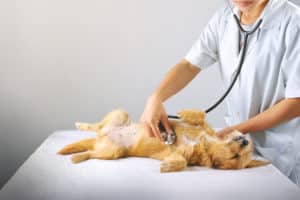Oftentimes, it’s difficult for dog owners to know which products are best for their furry friends. This problem is particularly true when it comes to grooming and maintenance essentials. Ads for new shampoos, conditioners, and suggestions about how to take care of our pets are found with every click of the mouse. Luckily, by highlighting current cleaning options and reviewing common grooming pitfalls, we can make better, healthier decisions on behalf of our pooches.
To start, we are asking frequent pet parent questions. “What are the best dog shampoos on the market, and what makes them so beneficial?” These questions are a little tricky because there are a lot of great dog shampoos. So, it comes down to each dog and owners’ preferences as well as consideration of your pet’s skin health. Some owners might want to spend big bucks on luxury options with custom scents, whereas other owners are only looking for a simple but effective cleaning option. Regardless, there are a few basic rules to follow when choosing a dog shampoo.
- Choose a product that works best with your pet’s skin condition. There are plenty of categories to pick from. Shampoos can be oatmeal-based, degreasing, dandruff reducing, hypoallergenic, organically produced, and age-specific (i.e. for puppies). Expensive shampoos can even have enhanced aromatics or odorless smells. If you don’t know how to assess your pet’s skin, have a talk with a professional groomer and your veterinarian. Certain pets may benefit from prescription-only shampoos to treat conditions such as bacterial infection (pyoderma), flea allergy dermatitis, or an overgrowth of yeast.
- Beware of paraben and dye. Any shampoos with these contents are unsafe for your pet – they frequently cause skin inflammation and hair loss. Not only should you avoid these ingredients but stick with a pet-specific shampoo. Though this is your fur “baby” you are shopping for, you don’t share the same skin pH; human shampoos can be drying and cause irritation.
- Match the shampoo to the appropriate conditioner. It’s very important to use not only the right product but the right amount of product during bath time. If a shampoo is a 2-in-1, for example, using additional substances can result in a greasy and uncomfortable coat. In general, if your pet has a greasy coat, use little or no conditioner. Conversely, for dogs with dry coats, pair shampoo with a crème rinse conditioner.
Over-the-counter products commonly recommended by
Veterinarians and groomers
- Earthbath’s Natural Pet Shampoo: For dogs with normal coats and no dermatologic issues – no knots, not greasy or dry, no fleas/ticks- consider choosing Earthbath’s Natural Pet Shampoo. Gentle on canine skin, packed with vitamins, and made with moisturizing oatmeal and aloe vera, this shampoo helps counter common issues such as dryness, flaky skin, and removes environmental allergens from the haircoat. Fresh ‘n Clean Scented Dog Shampoo is a great choice for dogs that have problems with mats and tangles.
- Fresh ‘n Clean Scented Dog Shampoo: Mats are a very common and frustrating grooming problem. When bathing, water causes the mats to tighten and brings them closer to a dog’s skin. The result is a very uncomfortable, potentially dangerous coat. Fresh ‘n Clean Scented Dog Shampoo contains anti-static agents that stop matting and it also has a long-lasting, popular scent – a scent that can be refreshed by the wipe of a damp towel. As a bonus, it is also the cheapest of all these shampoos!
- Furminator deShedding Ultra Premium Shampoo: Works well for owners who struggle with heavy shedding. Infused with omega-3 and -6 fatty acids, calendula extract, and papaya leaf, this shampoo promotes a healthy coat, which prevents excess shedding.
- Burt’s Bees Dog Shampoo for Puppies: Effectively cleans and protects the smallest of fur babies. A 4 in 1 calming shampoo, this pH-balanced buttermilk, and linseed oil formula is extra gentle on dog skin; the result is reduced irritation and itch relief. Puppies are notorious for the trouble they find; knocking over houseplants, digging in the yard, and having potty accidents leading to frequent baths. A gentle shampoo is essential since you’ll be reaching for it often!
While fleas and ticks are best treated with medications prescribed by your veterinarian, some over-the-counter shampoos contain ingredients that help kill hitchhiking pests on contact. Because these products aren’t safe for all pets and fleas and ticks require a multi-pronged approach to eliminate them from the household, check with your vet before application.
No matter which shampoo you try, the most important takeaway is to monitor your pet’s skin after bathing. Redness, hair loss, bumps, and scale are all signs of a potentially bad reaction to a product. If any of these symptoms occur, do not panic and do not bathe your dog – it can dry out the skin and cause further complications. Check with your veterinarian for appropriate pharmaceutical shampoos or remedies; luckily, there are many ways to address skin-related issues.
At Pet Butler, we understand what it means to want to provide the best possible care to your clients. That is why when you hire Pet Butler, we remove all your pet’s waste from your yard everything – guaranteed. Learn more about the services we offer here!

